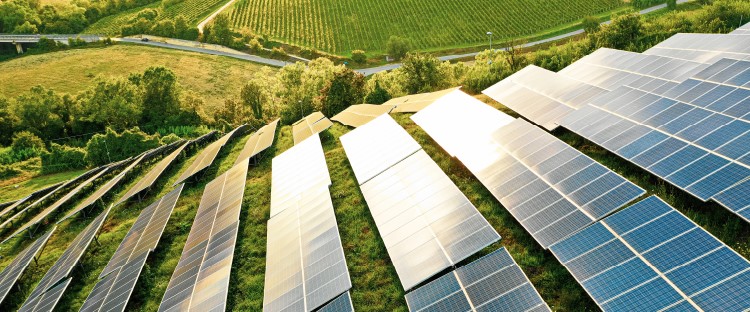The China-Pakistan Economic Corridor: Three Years Later
By Arif Rafiq, President, Vizier Consulting LLC; non-resident fellow, Middle East Institute
Nearly three years have passed since the China-Pakistan Economic Corridor (CPEC) was formally launched. Several projects have come online, and a critical mass of electric power and infrastructure projects will be operational within the next 12 to 18 months. Now, more than halfway through the first of CPEC’s three five-year phases, is an opportune moment to assess how Beijing and Islamabad have fared so far in pushing forward the massive, fifteen-year connectivity project, valued at upwards of $62 billion…
What to Watch Out for in 2018
Gwadar Momentum Grows
Over the past year, Gwadar Port has averaged about one shipment per month—mainly inbound shipments of construction material. But there are indications that economic activity may pick up. The first phase of the Gwadar Free Zone launched at the end of January. The port operator, China Overseas Ports Holding Company (COPHC), is constructing an additional berth within the year to increase handling capacity and a COPHC subsidiary signed an MOU with Pakistan State Oil to develop an “oil city.” These developments suggest that China may begin using Gwadar for transshipment within the next few years. A clear sign of this will be if COSCO adds Gwadar to one of its regional shipping lines.
Basic, but resolvable, infrastructural deficiencies continue to hold Gwadar back. Gwadar presently has a water deficit of four million gallons a day (MGD). A five-MGD desalination plant for the city has been planned since the earliest CPEC discussions, but Beijing appears disinclined to provide a grant for the project. Pakistan has built water storage dams to service the Gwadar area, but there has been little to no rainfall in recent years. COPHC established a smaller 0.25-MGD desalination plant, and a cheaper option may be to repair an older two-MGD desalination plant. But as the city develops and hundreds of millions of dollars are poured in for commercial purposes, the absence of clean drinking water sends a dispiriting message to locals.
Gwadar’s electricity is currently sourced from nearby Iran. A 300MW coal power plant could be built on a fast-track basis within the next one to two years, but given the desire to build Gwadar as a tourism and natural gas hub, a natural gas-fueled plant may be a better fit.
Impact of Macroeconomic Stress and Poor Planning
The impending surge of CPEC projects coming online will lay bare the quality of economic planning by Pakistan’s Planning Commission, the chief coordinating body on CPEC. The initial indications are not encouraging. The co-produced CPEC Long-Term Plan is a vague, aspirational document that reflects little consultation with Pakistan’s business community and falls short in explaining how CPEC will benefit business. The Planning Commission’s CPEC “Center of Excellence” has functioned mainly as a publicity department, failing to produce serious policy-relevant research. Finally, the Planning Commission’s chief economist has made astounding estimates about the toll revenue that Pakistan will earn through CPEC.
The rise in Pakistan’s current account deficit has been propelled in part by machinery imports due to CPEC. Pakistan has had to float $3.5 billion in Eurobonds over the past few months to shore up its foreign exchange reserves. An IMF bailout may be on the horizon and could put future CPEC projects, including critical railway upgrades, at risk of postponement. In the end, the present pain may be short-term before long run gains. The economy on the whole is forecast to grow around 6 percent into 2020. But Pakistan’s economic planners have failed to demonstrate how exactly they will get over the present fiscal hump. Part of the solution may require some concessions from Beijing in the latest round of the Sino-Pak FTA talks to remove hurdles for Pakistani exports to China.
Multilateralization of CPEC
A host of countries have expressed interest in “joining” CPEC, and non-Chinese foreign investment in CPEC or CPEC-related projects is likely to rise as the initial wave of electric power and infrastructure projects come online. Presently, Qatari and Saudi investors are co-sponsoring two separate CPEC electric power projects, while a British company is co-sponsoring one of the lignite mining and mine mouth power plant projects in Thar. The Saudis, who recently agreed to finance part of the Turkmenistan-Afghanistan-Pakistan-India gas pipeline and blocked a Korean steel investment in Chabahar, appear keen on using geo-economics as a means to counter Iranian influence in Central and South Asia. This could translate into a more pronounced Saudi role in CPEC, leveraging the project not just to exploit opportunities in the Pakistani and Chinese markets, but also to steer regional connectivity away from Iran.
Please click to read full report.




